9 Devi Yatra
9 Devi Yatra
Introduction
The 9 Devi Yatra is a revered pilgrimage dedicated to the nine forms of Goddess Durga, worshipped during Navratri. Devotees travel to various sacred temples across India to seek blessings, spiritual enlightenment, and strength. The yatra is deeply connected to faith, devotion, and self-purification.
Perform Rituals and Offer Prayers
- Participate in Aarti and seek blessings from the Goddess.
- Offer prasad, flowers, and coconuts at the temples.
- Light diya (lamps) and chant sacred mantras to connect spiritually.
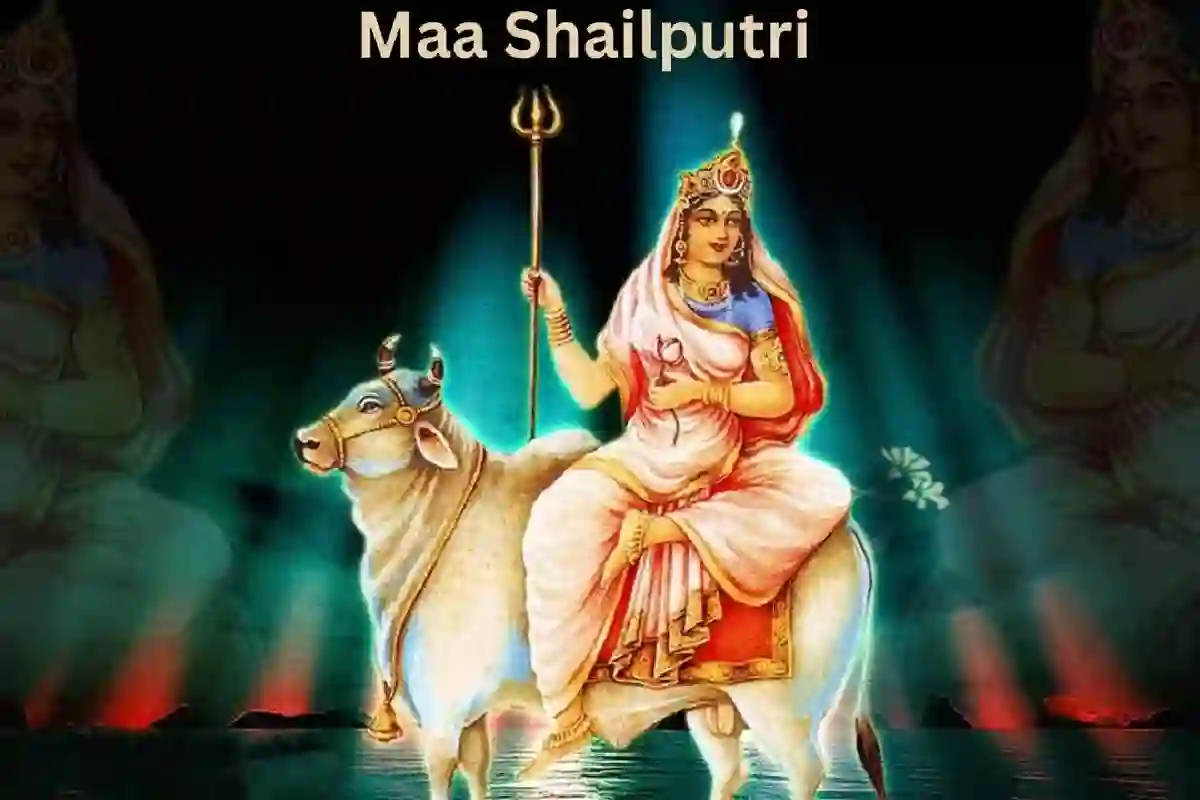

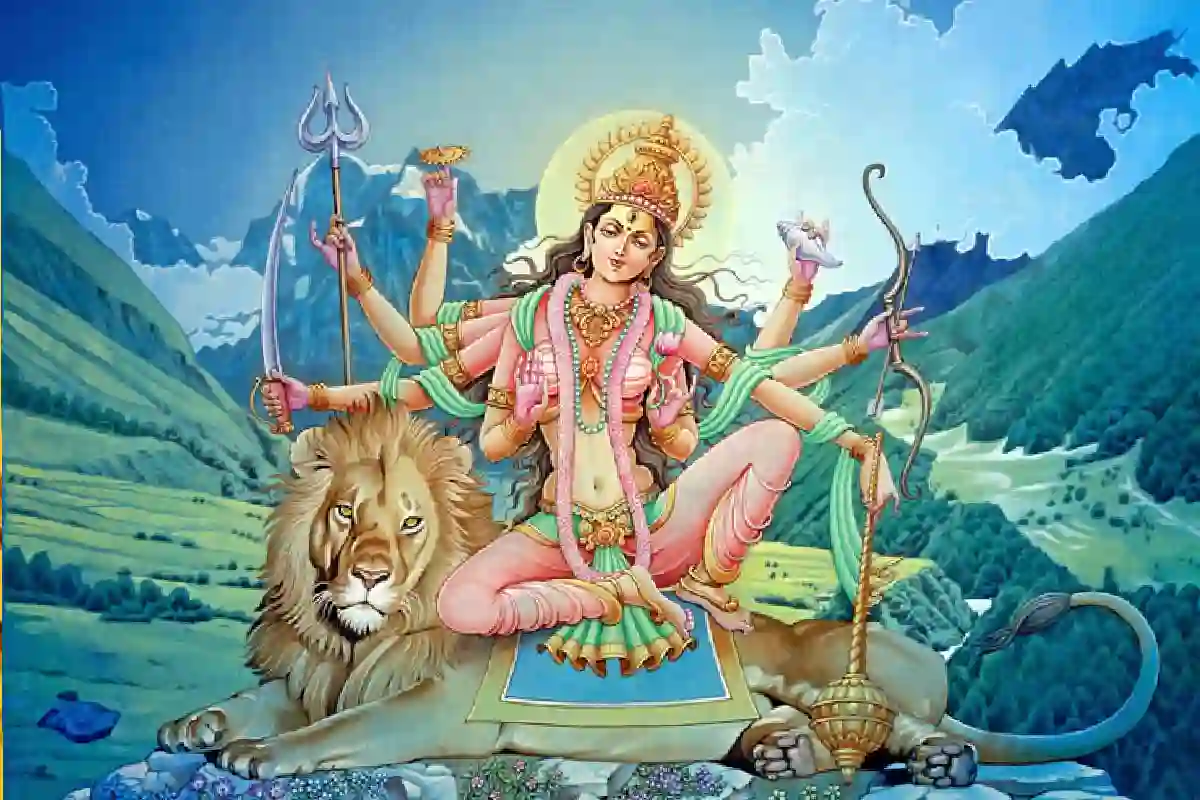
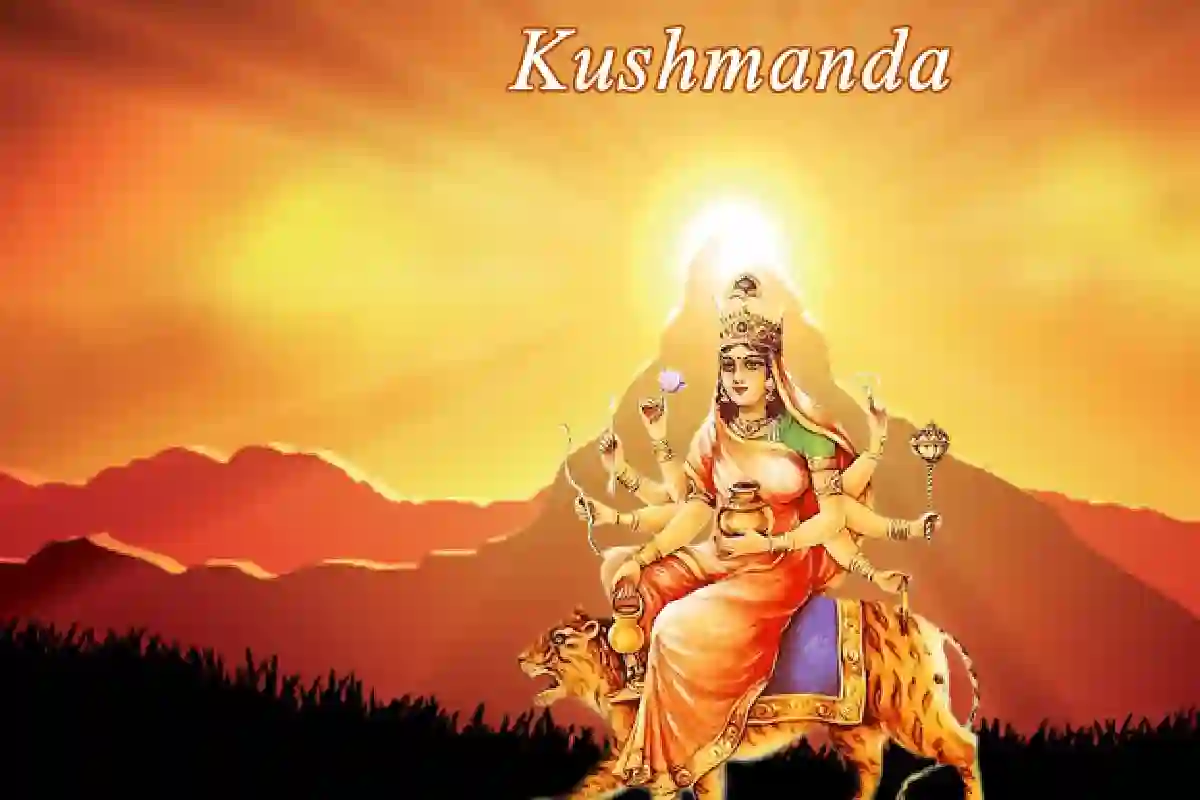
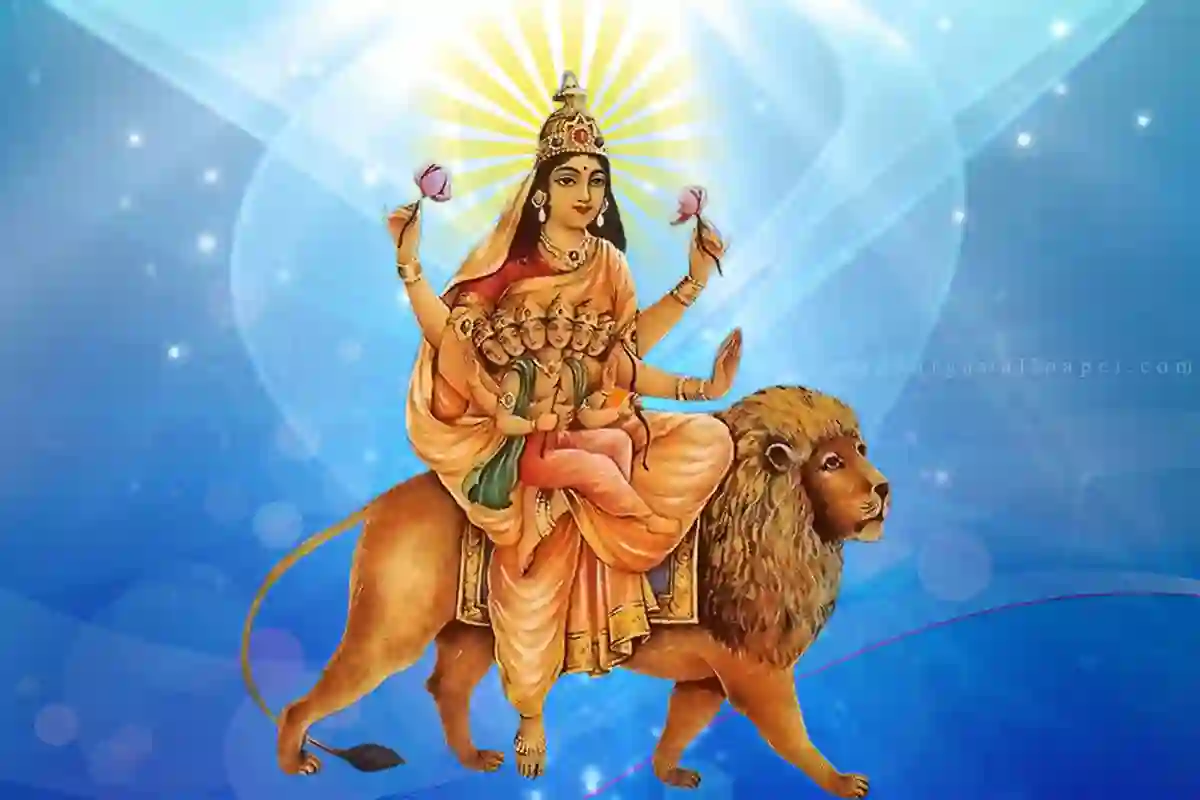
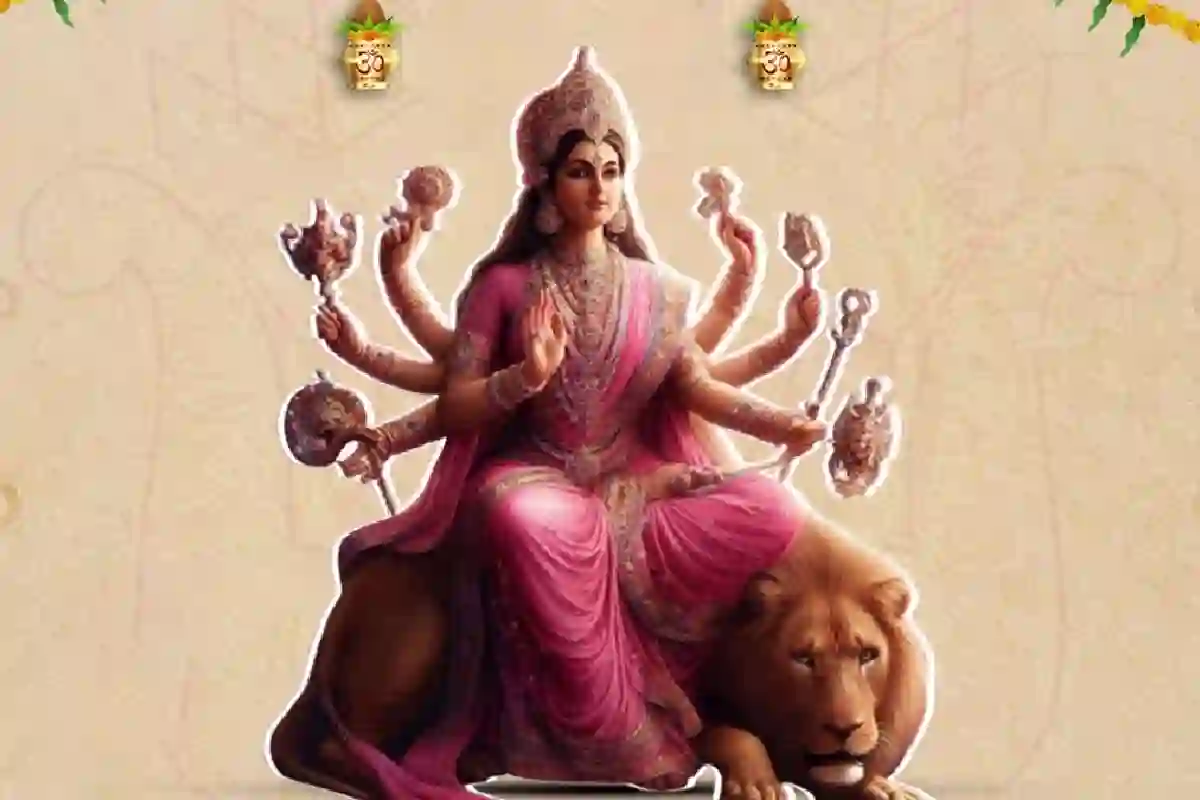
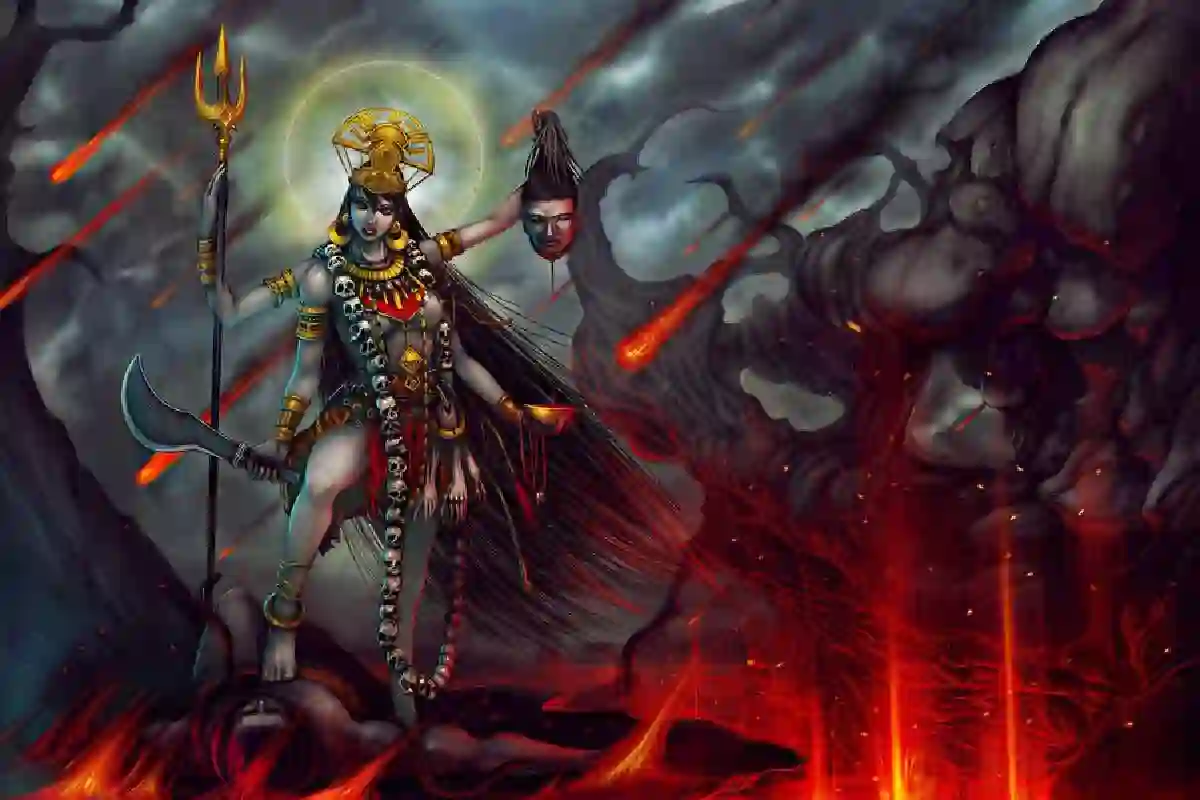
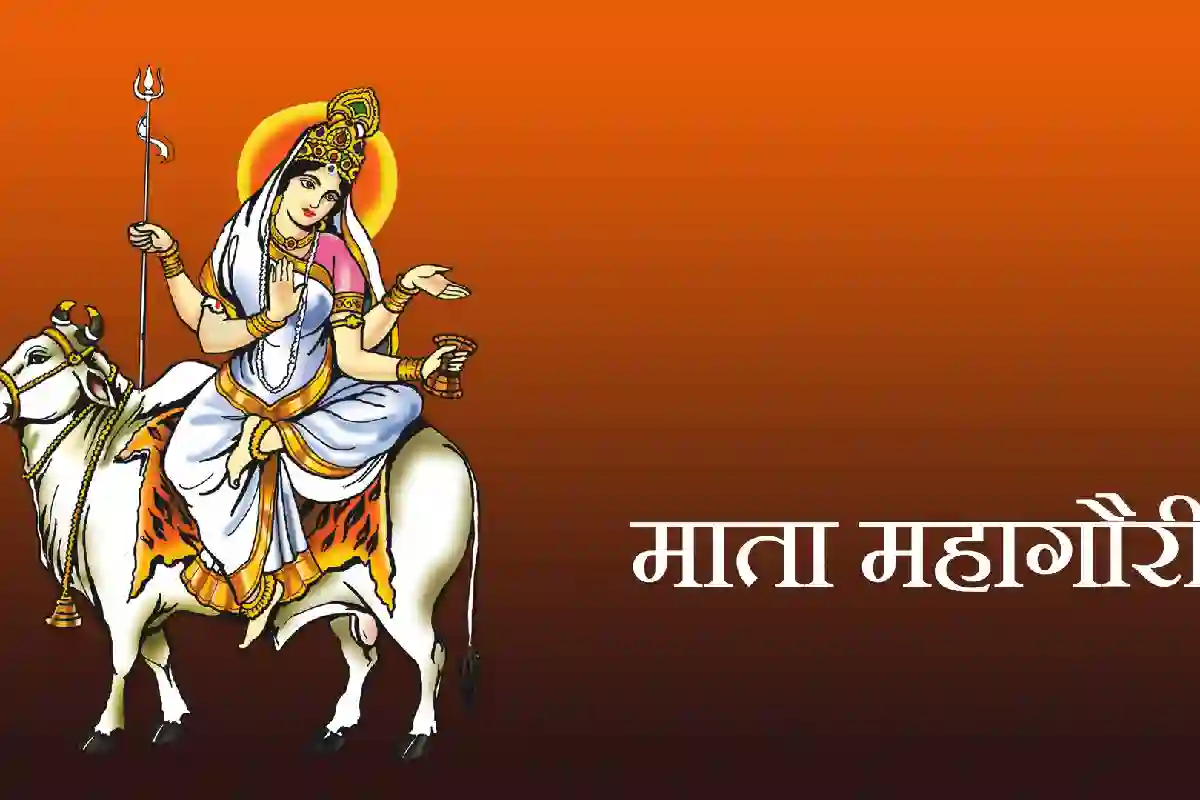

- The ideal time for the 9 Devi Yatra is during Navratri (March-April & September-October) when the temples are beautifully decorated, and grand celebrations take place.
- Winter months (October to March) are also favorable, offering pleasant weather for travel.
- Avoid monsoon (July to September) due to heavy rainfall, which can make travel difficult in hilly regions.

- Seek Blessings: Visit all nine Shakti Peeth temples and offer prayers to Goddess Durga in her different forms.
- Attend Aarti & Bhajans: Experience divine aarti rituals and spiritual discourses at the temples.
- Explore Local Culture: Witness the traditional customs, folk performances, and regional cuisines.
- Trekking & Sightseeing: Enjoy scenic trails in hilly locations like Vaishno Devi and Jwala Ji.
- Holy Dips: Take a sacred bath in nearby rivers and kunds like Banganga at Vaishno Devi.
- Collect Prasad & Souvenirs: Buy holy prasad, religious items, and handcrafted souvenirs from temple bazaars.
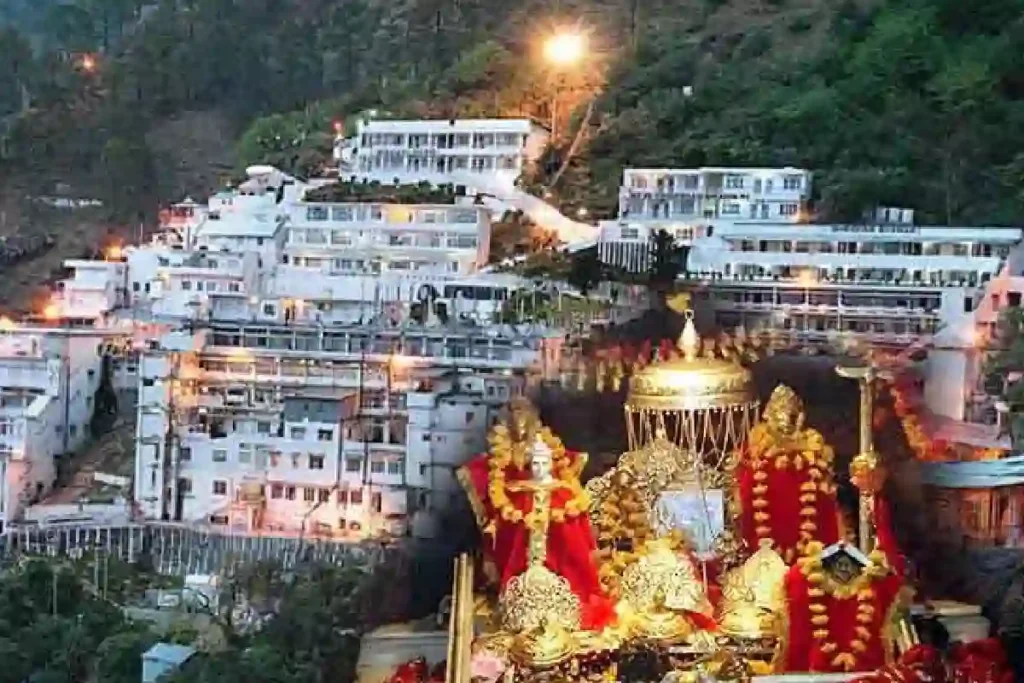

Shailputri
Goddess Shailputri is the first incarnation of Maa Durga and is worshipped on the first day of Navratri. The name "Shailputri" means "Daughter of the Mountains", as she was born to King Himavan, the ruler of the Himalayas.

Brahmacharini
Maa Brahmacharini is depicted as a radiant goddess walking barefoot, dressed in a white sari. She holds a japa mala (rosary) in her right hand and a kamandal (water pot) in her left hand, symbolizing devotion and renunciation.

Chandraghanta
Goddess Chandraghanta is the third manifestation of Maa Durga, worshipped on the third day of Navratri. The name Chandraghanta comes from the crescent moon (Chandra) that adorns her forehead, shaped like a bell (Ghanta).
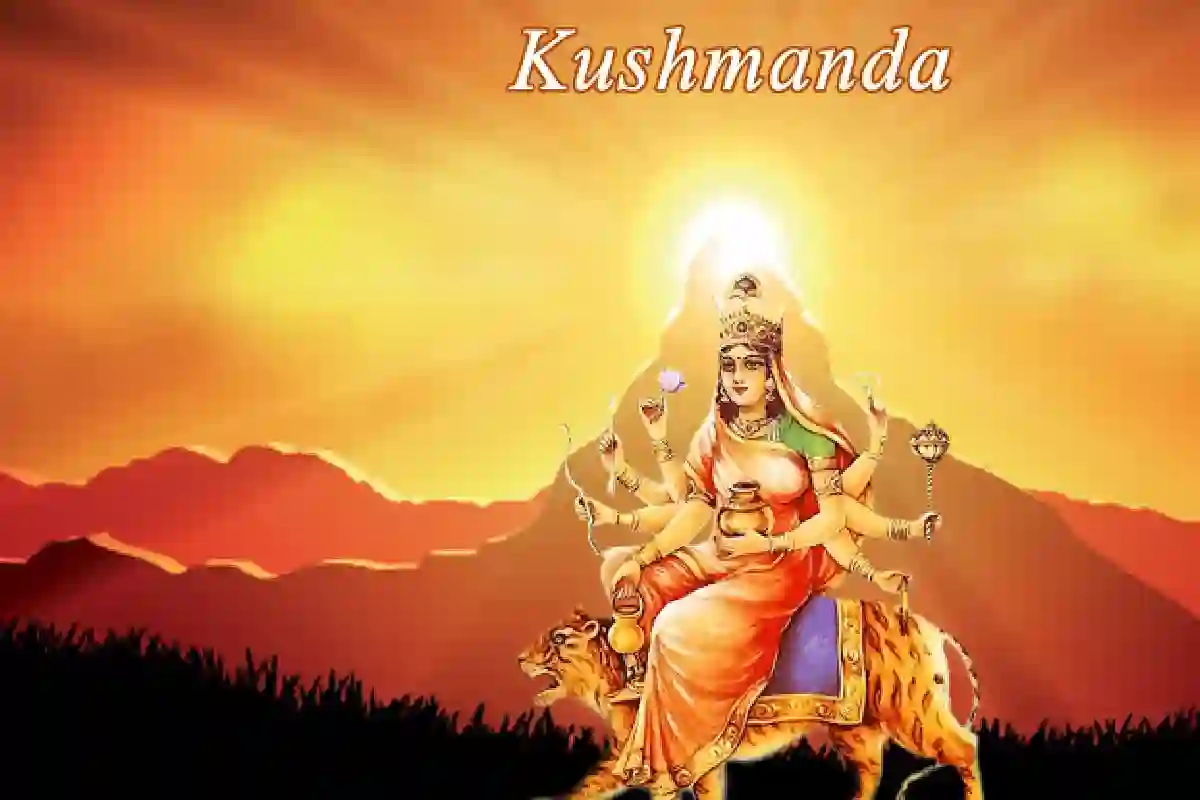
Kushmanda
Maa Kushmanda is depicted as a radiant goddess with eight arms, holding a chakra, gada (mace), bow, arrow, kamandal, lotus, and a jar of nectar. She rides a lion, symbolizing strength and fearlessness.

Skandamata
Goddess Skandamata is the fifth manifestation of Maa Durga, worshipped on the fifth day of Navratri. The name Skandamata means "Mother of Skanda" (Lord Kartikeya), the commander of the divine army. She represents motherhood, compassion, and divine grace.

Kalaratri
Goddess Kalaratri is the seventh manifestation of Maa Durga, worshipped on the seventh day of Navratri. The name Kalaratri means "the one who destroys darkness (Kala) and fear", making her the most fierce form of Adi Shakti.

Mahagauri
Goddess Mahagauri is the eighth manifestation of Maa Durga, worshipped on the eighth day of Navratri. The name Mahagauri means "extremely fair and radiant", symbolizing purity, peace, and wisdom. She represents compassion, forgiveness, and spiritual enlightenment.

Siddhidatri
Maa Siddhidatri is depicted as a divine goddess seated on a lotus, symbolizing prosperity and enlightenment. She has four hands, holding a chakra (discus), shankha (conch shell), mace, and lotus. Sometimes, she is also shown riding a lion.

Katyayani
Goddess Katyayani is the sixth form of Maa Durga, worshipped on the sixth day of Navratri. The name Katyayani is derived from the sage Katyayan, who performed intense penance to please Goddess Durga.




 Home
Home  Whishlist
Whishlist  Compare
Compare  Checkout
Checkout